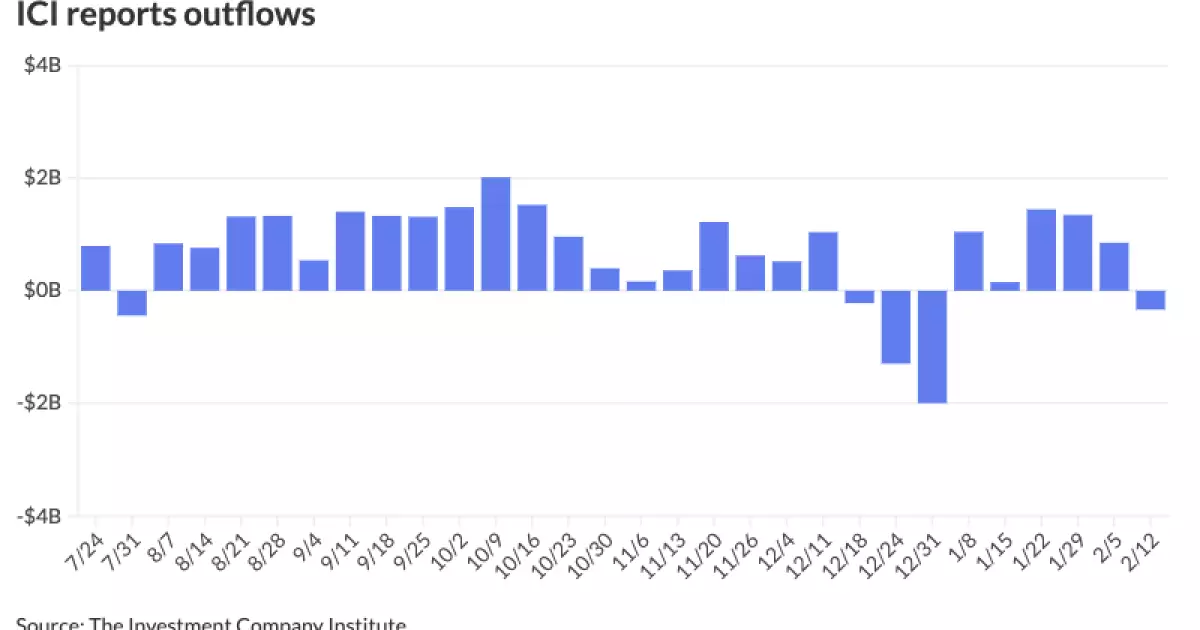Current Landscape of the Municipal Bond Market: Trends and Insights

The municipal bond market displays a fascinating dynamic this week as the landscape is colored by changing interest rates, issuance levels, and emerging demand patterns. As we delve into this week’s bond performance, we can glean critical insights into market behaviors and anticipatory trends.
Stable Municipal Market Amid External Influences
On a recent trading day, the municipal bond market appeared largely static, even as U.S. Treasuries exhibited a firmer stance. The mixed performance observed in equities adds another layer of complexity. This duality exemplifies the resilience of municipal bonds, reflecting their unique position as stable investment options during times of volatility within the broader market. The ratios comparing two-year municipal bonds to UST were reported at 63%, remaining unchanged, suggesting a degree of equilibrium relative to government securities. Furthermore, longer-term ratios indicate a steady demand, particularly for 30-year bonds which stood at 84%.
Shifts in Fund Flows and Evolving Demand
A significant aspect of the current market scenario is highlighted by the Investment Company Institute’s report, which disclosed a notable outflow of $336 million during the week ending February 12. This follows an influx of $852 million, showcasing a sharp contrast in investor sentiment. Diverging data from LSEG Lipper indicates inflows of $238.5 million during the same period, raising questions about the reliability and interpretation of these statistics. The fluctuation in fund flows suggests a potential shift in investor confidence that merits closer examination.
Additionally, exchange-traded funds (ETFs) are generating considerable interest, reporting inflows of $1.385 billion, a significant recovery from the previous week’s $109 million. This pattern underscores a growing appetite for municipal bonds amongst ETF investors. The challenge remains: will this robust demand continue to balance against rising issuance levels spurred by pressing infrastructure needs? The consensus seems to point toward a potential surge in demand as 2024 unfolds.
Market Dynamics Influenced by COVID-19 Aftermath
As we assess the context for this year’s issuance, it is clear that the fallout from the COVID-19 pandemic continues to exert pressure on municipalities. The cumulative impact of dwindling emergency funds and an archived backlog of projects has necessitated tapping into capital markets. Market experts, like Nick Venditti from Allspring, acknowledge that issuance is expected to remain elevated, countering previous postponements that characterized earlier years.
Indeed, last week’s volume of municipal bond offerings was notable, marking one of the five largest calendars recorded in the past year. This surge, while essential for ongoing infrastructure projects, indicates that market participants should remain vigilant regarding the implications of such issuance on pricing and investment attractiveness.
The principal concern shared by market analysts revolves around whether demand will keep pace with the anticipated increase in supply. Although initial signs pointed towards a supportive demand environment, market experts like Venditti express caution. They posit that substantial issuance without corresponding buyer interest will likely lead to downward pressure on bond prices.
Current market irregularities are underscored by sections of the primary market, where different issuers are pricing their bonds in various tiers of interest rates. For instance, Bank of America Securities recently priced $500 million in taxable revenue bonds for the Pennsylvania Economic Development Financing Authority, demonstrating the varied yield environments at play. The underlying rationale for these rates is multifaceted, involving issuer credit quality and market sentiment, further complicating the landscape for investors.
Looking forward, bond markets are bracing for more action in the coming days, including pending issuances from major state entities such as the Miami-Dade County airport revenue bonds and Texas Tech University System’s revenue financing system refunding bonds. These offerings represent diverse funding requirements and underscore the sustained interest in municipal debt despite a fluctuating market backdrop.
As issuers make strides to meet their financing goals, investors must keep an eye on how well these scheduled offerings will perform amidst the lingering uncertainties driven by both local and global economic factors.
The municipal bond market stands at a crossroads, influenced heavily by external economic variables and internal funding requirements. As trends develop in interest rates, issuance levels, and investor behavior, it will be crucial for market participants to remain informed and adaptable. The intersection of these factors suggests a cautious yet opportunistic approach will best serve investors navigating through 2024’s municipal landscape. Balancing risk with potential reward will be key for those looking to capitalize on the evolving dynamics of municipal bonds in this unique financial environment.





